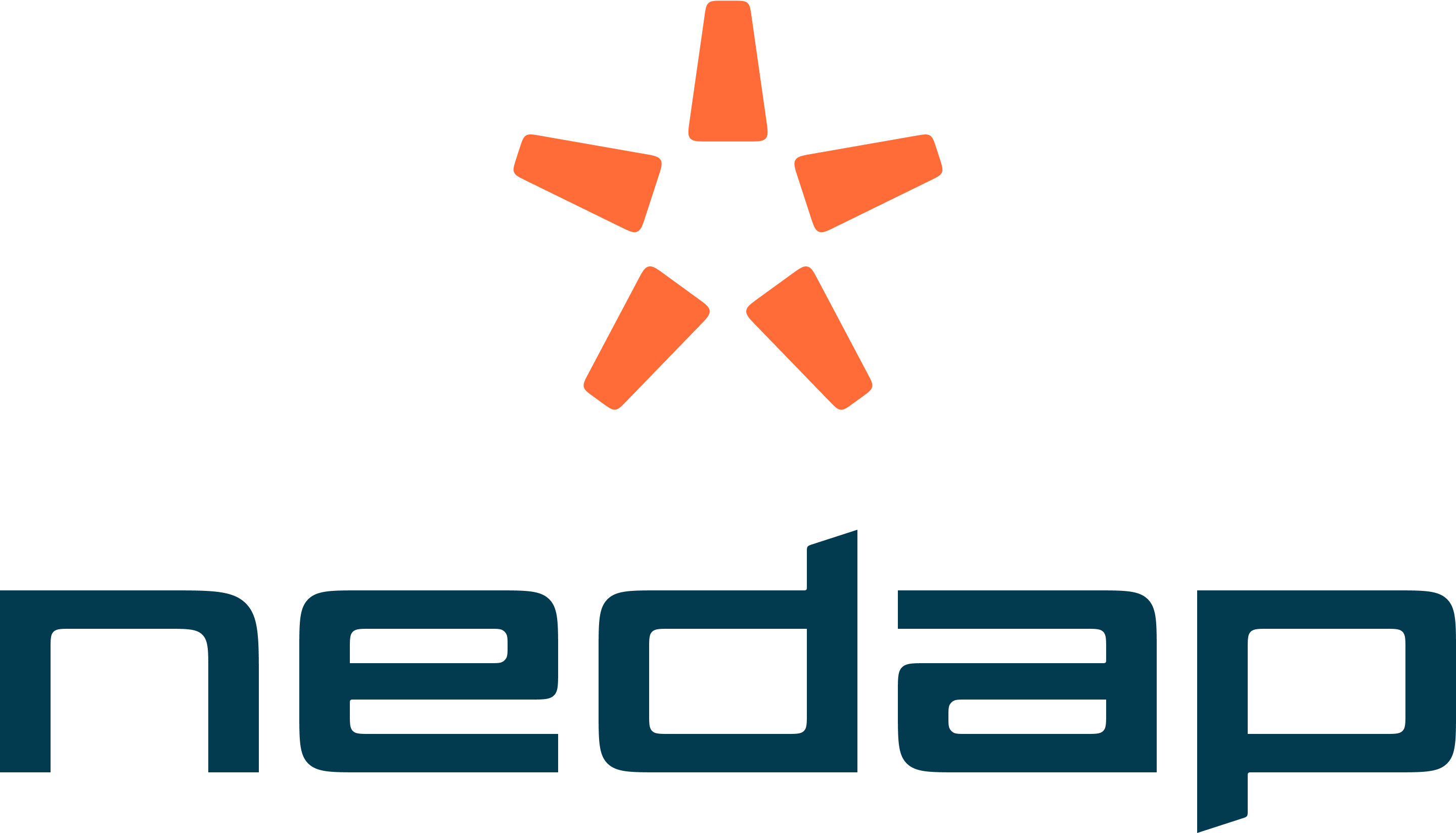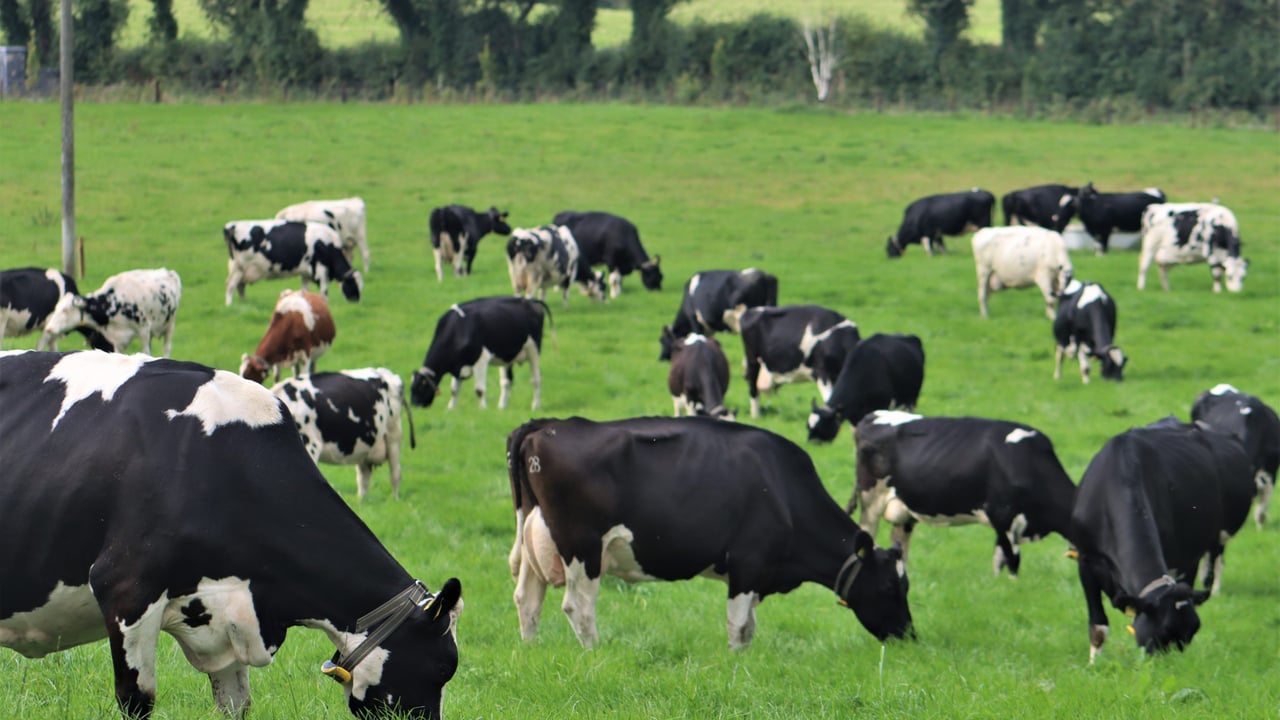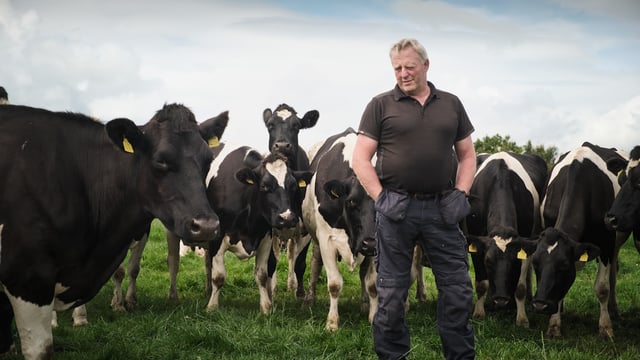Sponsored Article

Sponsored Article
Early identification of herd health issues to drive profitability
Sponsored Article

Herd health, fertility, and on-farm efficiency go hand-in-hand. Clinical and subclinical illnesses have significant financial and welfare implications for farmers.
Identifying or preventing these illnesses in the early stages before they progress to clinical illnesses will improve animal welfare and decrease their financial impact while improving farm efficiency.
Teagasc research estimates the cost of clinical and subclinical mastitis at €117/cow in a 100-cow herd.
Subclinical mastitis makes up the largest share of this figure at €103/cow, due to costs from milk penalties and drops in milk production. It is crucial to identify cows early to save costs.
Research carried out in 2004 estimated the cost of lameness at €300 per case.
However, considering inflation and cost increases across the board in the last 20 years, it is fair to say that each lameness case now has a more significant financial impact.
Other diseases, such as milk fever and ketosis, also have financial implications. An article published in the Veterinary Ireland Journal in 2021 estimates that milk fever has an average cost of €7,625 per 100 cows.
As with mastitis, most of this cost comes from the subclinical cases, which cost €6,250 per 100 cows.
The average level of subclinical mastitis in a herd is 44%. If this can be reduced to 30%, it equates to a saving of just under €2,000.
By identifying illnesses in your herd more quickly, you can treat animals with less intensive drugs, reduce antibiotic use, reduce vet costs, and reduce the impact of disease on production as cows return to full health faster.
One way to help identify sick cows is through continuous health monitoring. Activity monitors decrease labour on farms and are more efficient at continually monitoring cows, providing information that otherwise would not be highlighted.
While this technology is no replacement for stockmen, it does enable farmers to spend their time more efficiently on the tasks only they can complete.
Nedap activity monitors provide 24/7 data on your cows’ health and fertility. The neck collars measure a cow's time eating, ruminating, being inactive, and showing other active behaviour.
It turns this information into relevant alerts, to-do lists and reports for farmers to effectively manage the health of each cow and the entire herd.
Urgent health alerts focus your attention on the most pressing health issues, helping farmers prioritise the critical activities on the farm each day.
Nedap Health Score, available in the new Nedap Now app, shows each cow’s health as a score from one to 10. It also considers whether or not their health has improved or deteriorated recently, helping to save time.
PJ O’Donoghue, who has been using Nedap’s activity collars for seven years, uses the alerts to monitor a cow’s progress as she returns to health.
"Nedap not only tells you that the cow is sick, but it also tells you if what you’ve treated her with is helping her get better because you can see her activity and health score improve," PJ explained.
"It gives great peace of mind, and you save time and money by treating earlier."
Established in 1929 in the Netherlands, Nedap has a rich history of innovation in livestock management technology.
As a global market leader, Nedap operates in over 100 countries, supporting thousands of farmers and monitoring six million cows with its advanced sensor technology.
Nedap has gained extensive experience applying technology to pasture-based dairy farming.
In Ireland, Nedap, as market leader, has been instrumental in helping dairy farmers optimise their operations with the most reliable, integrated, and future-proof sensor solutions.
Sponsored Article







